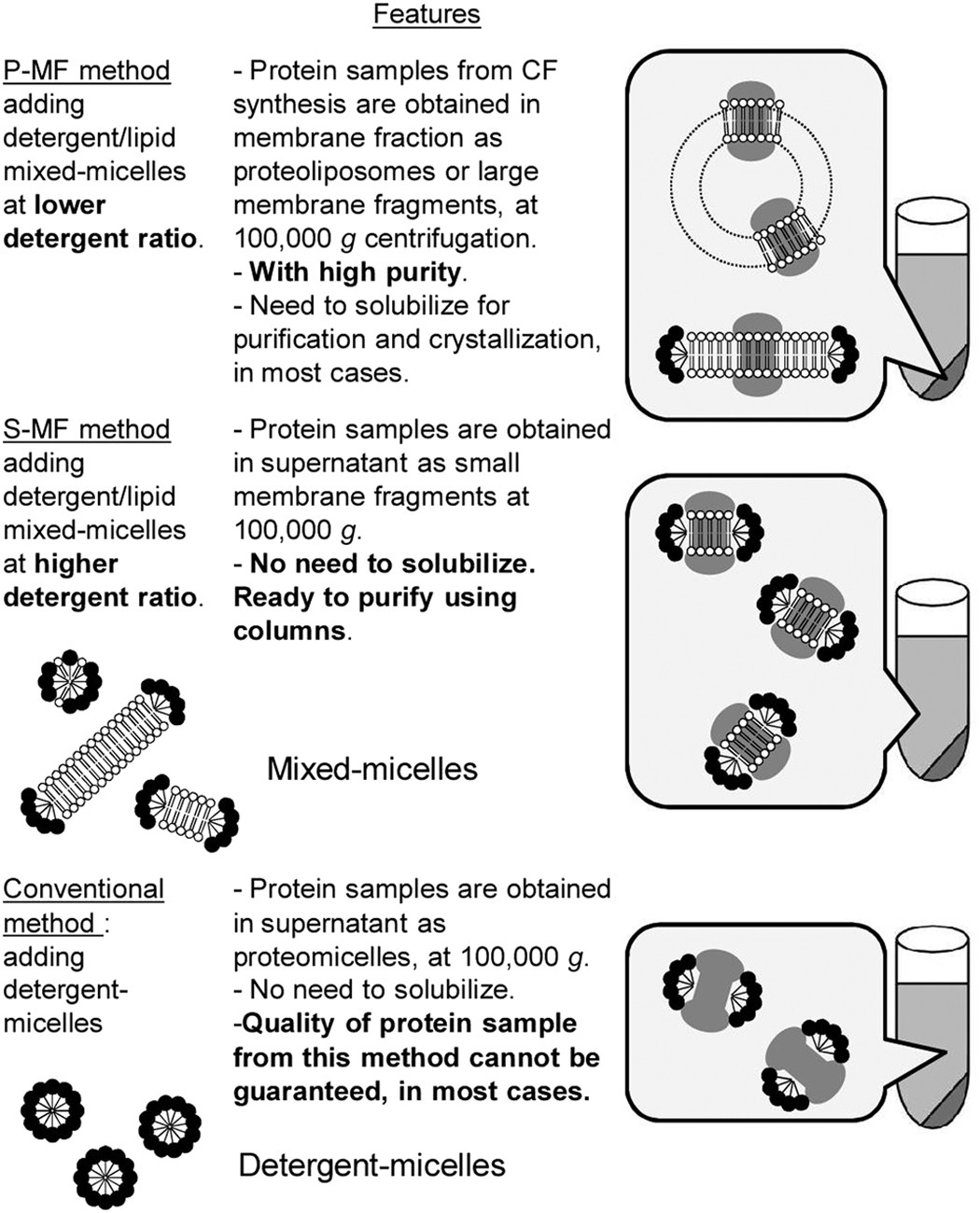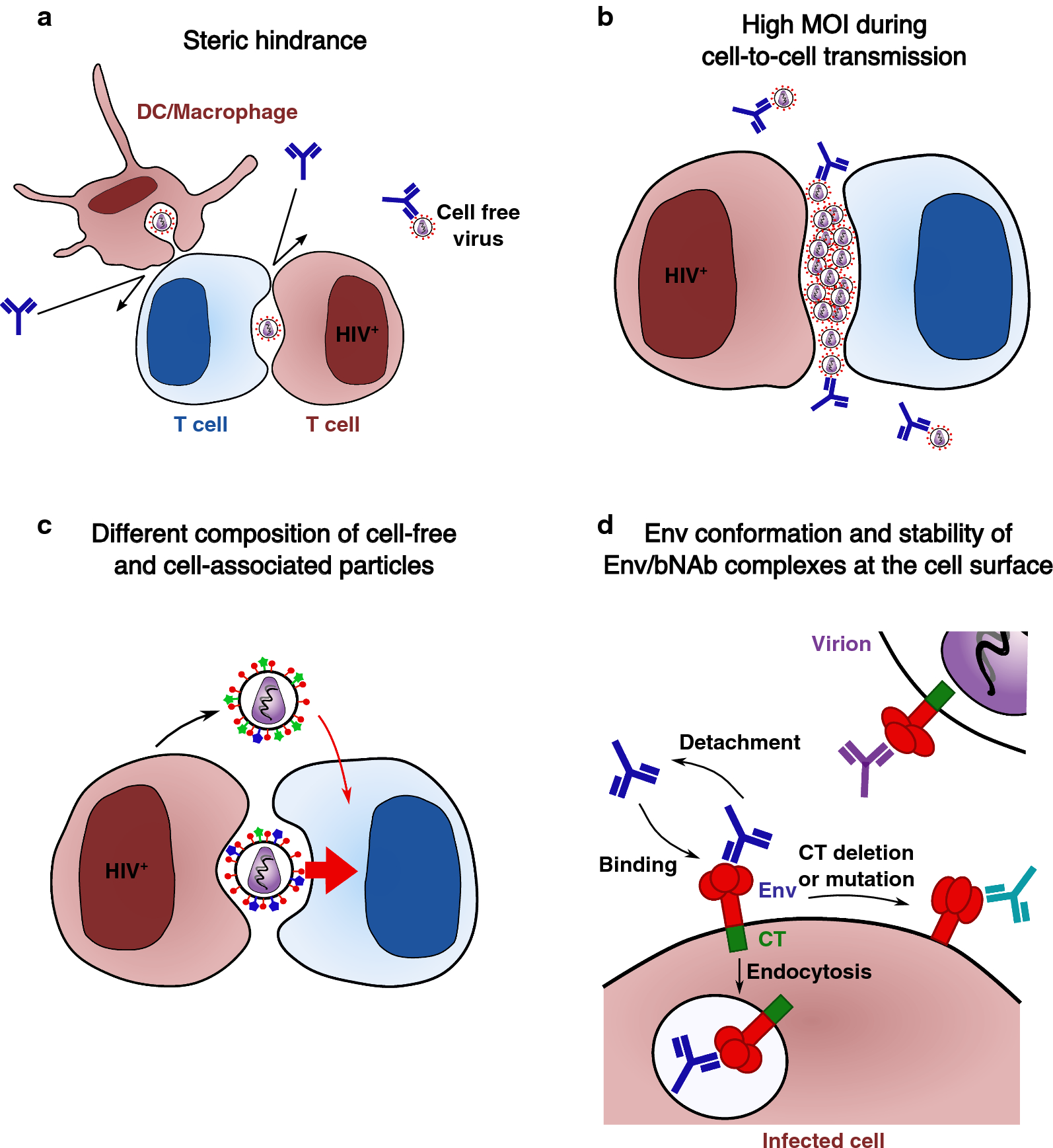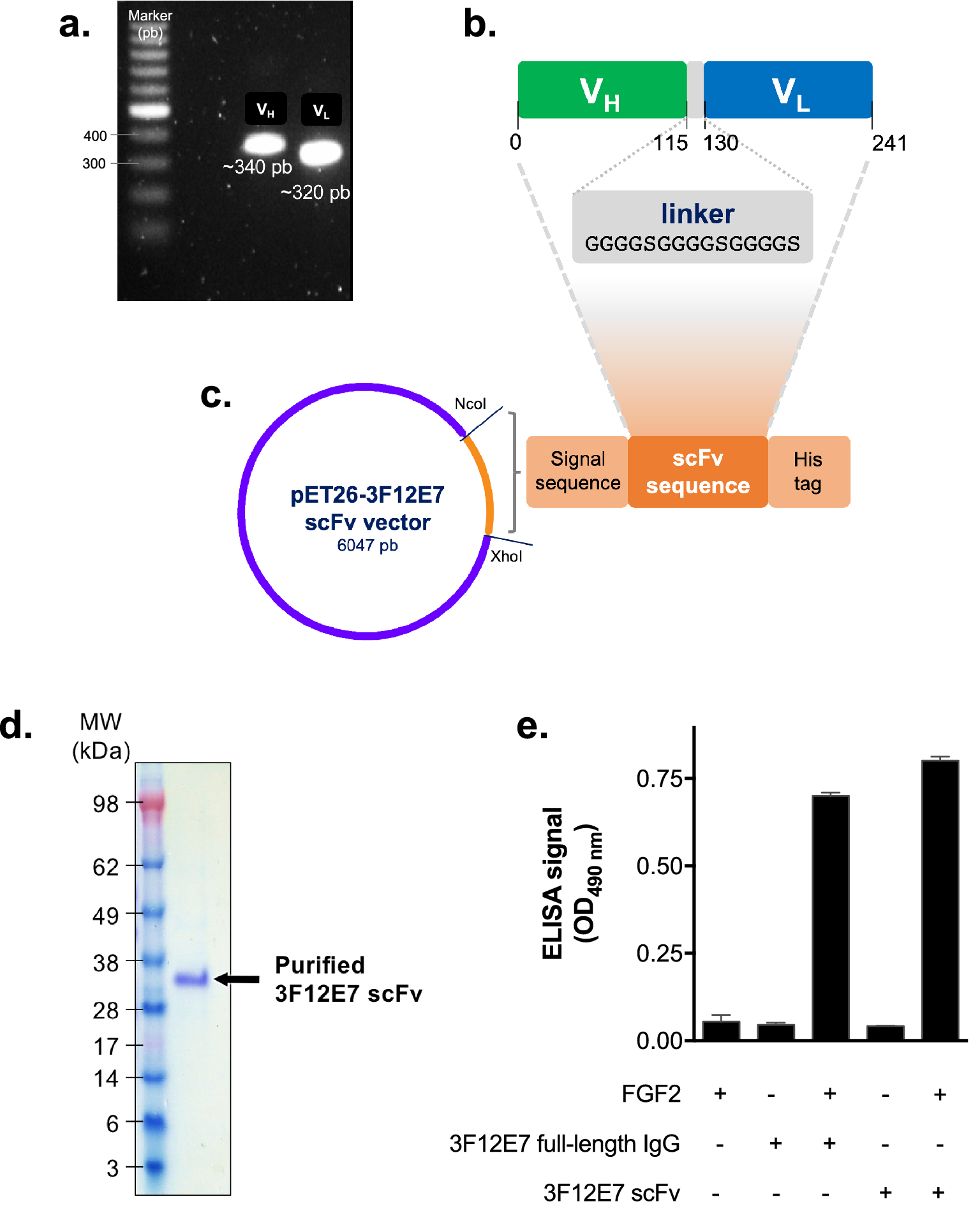Cells, Free Full-Text
Por um escritor misterioso
Descrição
Viruses are one of the most important concerns for human health, and overcoming viral infections is a worldwide challenge. However, researchers have been trying to manipulate viral genomes to overcome various disorders, including cancer, for vaccine development purposes. CRISPR (clustered regularly interspaced short palindromic repeats) is becoming one of the most functional and widely used tools for RNA and DNA manipulation in multiple organisms. This approach has provided an unprecedented opportunity for creating simple, inexpensive, specific, targeted, accurate, and practical manipulations of viruses, such as severe acute respiratory syndrome coronavirus 2 (SARS-CoV-2), human immunodeficiency virus-1 (HIV-1), and vaccinia virus. Furthermore, this method can be used to make an effective and precise diagnosis of viral infections. Nevertheless, a valid and scientifically designed CRISPR system is critical to make more effective and accurate changes in viruses. In this review, we have focused on the best and the most effective ways to design sgRNA, gene knock-in(s), and gene knock-out(s) for virus-targeted manipulation. Furthermore, we have emphasized the application of CRISPR technology in virus diagnosis and in finding significant genes involved in virus-host interactions.

Cell-Free DNA and Apoptosis: How Dead Cells Inform About the

from Flow Cytometry to Cytomics, Page 2

Five-Year Outcomes for Refractory B-Cell Lymphomas with CAR T-Cell

JTurkGerGynecolAssoc on X: Effects of stem cells and amniotic

Cell-free methods to produce structurally intact mammalian
An illustration of the full-duplex cell-free massive MIMO system

Advances and applications of cell-free systems for metabolic

HIV-1 cell-to-cell transmission and broadly neutralizing

Circulating Tumor Cells, Disease Progression, and Survival in

Nucleic acid biomarkers of immune response and cell and tissue
de
por adulto (o preço varia de acordo com o tamanho do grupo)







